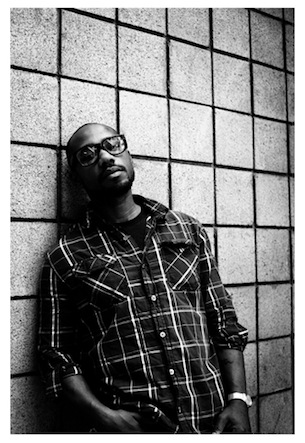
Gari Lamar Askew II
After catching up with photographer Gari Lamar Askew II about his time in the studio with Freddie Gibbs, I decided to dig deeper. A self-taught artist, who began his career working in film and music video production, Gari has been a professional since 2007 after touring with John Mayer. Since then, he’s shot for everyone from Columbia Records to Rolling Stone, as his work has been a constant progression and evolution. Wonder how he got where he is today? Hear it from the man himself.
*** *** ***
How To Make It: I know you’re based in Los Angeles, but where did you grow up? How did you land in L.A.?
Gari Lamar Askew II: I grew up in Atlanta. Originally I worked in film and music video production doing various jobs. Like every kid who grew up in the late it’90s I wanted to be the next Hype Williams or Spike Jonze. (laughs) But at that time there was only so much production happening in Atlanta – mostly rap and R&B videos, a few commercials and every so often a feature film. I knew it was something I seriously wanted to pursue, so I knew at that time I’d have to head to either NYC or L.A. I had a close friend who was in the grad film program at USC at that time, so L.A. seemed like the best choice.
How To Make It: As a documentary photographer, what is your objective when you pickup a camera?
Gari: To just try to convey an honest story. By that, meaning really wanting the viewer to have a sense of what that moment, place or space is like – down to the smell. And I really want to leave the viewer with an indelible image because I know what it’s like. To see it and feel it so much that you want to be a part of that – whatever that is. I figure success comes to those whom are capable of achieve that objective, so that’s what I’m always after.
How To Make It: What is the first photograph you can remember taking, and what was your first camera?
Gari: I remember my first camera being a Minolta SR-T202. I got it from this pawn shop, and it was a trip ’cause I thought I’d made it. The thing weighed like two pounds, and I figured I’d be shooting for GQ in like a week. The first photos I remember taking was trying to recreate Tommy Hilfiger ads with my homeboys; everything came out all underexposed, it was hilarious. That was when I realized that it wasn’t as easy as I’d originally thought.
How To Make It: You’ve shot for everyone from Nike to Blue Note Records. What was the moment when you knew that you’d made it?
Gari: (laughs) I think that moment is still in the making, but I’d have to say working with John Mayer was a bit of a watershed. It’s always cool when there are artists that you’ve admired from afar, and then to suddenly be in the midst of their company is a great feeling.
How To Make It: What advice would you give an aspiring photographer?
Gari: The advice I’d give to any person trying to be a photographer is to just always do your best to pay attention and observe everything and everyone. And when you have a handle on that, to just simply do everything. And by that I mean simply live your life. As a photographer your job is to convey a host of realities and emotions, and more often than not, what sets your voice apart from anyone else’s is your ability to add your life experiences and perspective to that situation.
How To Make It: Having worked with photographic legends like Jonathan Mannion and Martin Schoeller, what were you able to learn from them? What advice did they give you?
Gari: The amazing thing is the similarities between the two of them – which is something I’m not even sure that they are even aware of. (laughs) But it makes so much sense, because you realize that both men come from such amazing artistic pedigrees. I think Jonathan at one time was an assistant to Richard Avedon, and Martin worked for a number of years with Annie Leibovitz – both of which rank amongst the best photographers that have every lived. So I think when you come from that type of stock, it deeply enhances both your perspective as well as approach. I’d say the number one thing I was able to take from both is the ability to think in a type of limitless terms.
Also the importance of raising your standard. I think in order to really make a significant contribution to any medium you have to be rarely satisfied. And if you take a look at both Mannion and Schoeller, they have visual stamps which can’t be denied. None of which could be possible if you weren’t constantly in pursuit of your very best. And for myself, coming up completely self-taught and working with a number of different photographers, where being on set was essentially my only education, these two exemplified want it meant to really stand above the many. And thus set the standard by which I try to adhere to within my career.
How To Make It: As a self-taught artist, what’s something you wish you had known before you started?
Gari: I really wish I’d known the importance of really being true to my own artistic identity. I think one of the hardest things for any artist, even those with formal training, is to be both disciplined and deliberate enough to have your own unique voice. More often than not you’re distracted, without realizing it, by other artists, by the industry, by the need to survive, and I think at the very beginning I didn’t even have a sense of what that meant. I figured you take pictures and that’s it. But for me the challenge has and continues to be, how do I take a photograph that’s my photograph. I think that was something that took sometime for me to recognize, but perhaps that’s for everyone. I felt like other photographers who maybe had some sort of formal training seem to maybe be more aware of themselves from an artistic perspective, but that could have just been a perception.
How To Make It: When you’re documenting someone’s life in real time, you have to get what you can when you can get it. How much planning can you really do beforehand?
Gari: Planning can often be just as important as your camera. Perhaps that’s me exaggerating a bit, yet it’s not far from the truth. But it can often make the difference between a great shoot and a mundane shoot. Life and photography mirror each other in that the most important things lie in the small details which are often overlooked. However with that in mind, you have to always have a plan that’s fluid so you’re always covered.
I think in any situation, be it documentary or in-studio, so many of the aspects of production can go in a direction you never envisioned. And I think the key is always to plan as best you can so you’re always covered, no matter what. But as for myself, I always try to do as much planning as I can – at times to a fault. (laughs) But you never know, information is key. Knowing something as simple as where your subject or subjects are from, what they’re into, these are the things that help you to convey. I take any thing that I feel might benefit me and try to use it to my advantage.
How To Make It: Do you prefer documentary photography to a produced shoot?
Gari: I have to say that I truly love both. Perhaps it’s because I’m such an admirer of photographers in the past whom seem adept at both. I mean, you look at some one like Avedon and his documentary work is as compelling as his fashion. I also think it makes you a more versatile artist, which in turn makes you more flexible and gives you a great capacity to create. I mean, I do love being able to be in someone’s space and getting totally lost and being able to capture the essence of that moment. Yet I do love being able to shape my own story and vision. I love great styling and lighting. I guess you could say I love to watch the story unfold as much as I like to tell a story as well.
How To Make It: You mentioned your work with John Mayer. What’s he like on the road?
Gari: John is amazing. I remember being a bit intimidated at first, not in the sense of being so much starstruck, but mostly because at that time it was one of the first big breaks that I’d ever gotten. And I remember thinking I don’t want to fuck this up! (laughs) Also, the really great thing about him, which anyone that knows him is aware of, is that he has a great appreciation for the art itself. He’s worked with some great photographers in the past like Danny Clinch, Mark Seliger and Albert Watson, so to be in that company means a lot to me in terms of being an artist. The other thing that most people are often surprised to know is how funny the guy is. He’s got a great sense of humor.
How To Make It: Lastly, you released a photo zine last year called Standing In The Shadows Of Love. What was that all about?
Gari: Standing In The Shadows Of Love was simply just a celebration of moments. It was me in a sense getting back to basics. Just going out constantly and consistently having a camera in hand. I think often times once a person gets a handle on a particular passion or endeavor that initial interest begins to wean, and I don’t even mean in a negative sense. I think it’s the natural state of things to have a need to wish for next – if that makes sense – be it a photographer, an athlete whomever. But I think for me, from a creative stand point, before I moved forward I wanted to go back. It was amazing in a sense, because there aren’t many instances where you are able to return to a foundation, coupled with a sense of awareness and experience. It’s kind of like going back to your high school love in your 30s; perhaps you find out something about yourself that you never knew, or perhaps you find something that you left. But either way it’s more about that feeling of just being excited about love for love’s sake. I think that’s what I was after with SITSOL. I just wanted that feeling again, the excitement that accompanies discovery and being so excited I have to document everything and anything from shoes to my shadow. That’s what it’s like in the beginning, you’re just so enamored by it all. I have to say that in the end it was very rewarding.

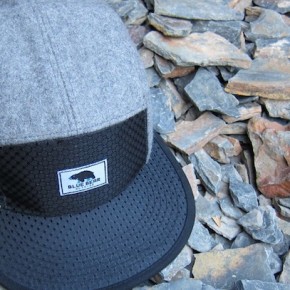 Blue Bear Outside 5-Panel Cap
Blue Bear Outside 5-Panel Cap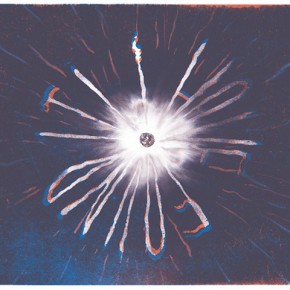 Fifty and Fifty: The State Mottos Project
Fifty and Fifty: The State Mottos Project Making It: Ellsworth & Clyde
Making It: Ellsworth & Clyde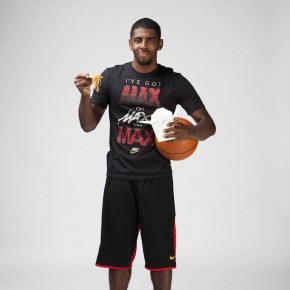 Kyrie Irving’s Commercial For Foot Locker
Kyrie Irving’s Commercial For Foot Locker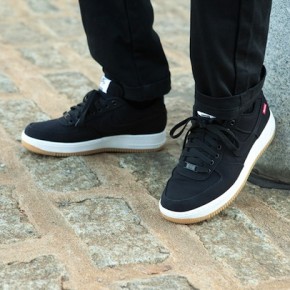 Supreme x Nike Air Force 1
Supreme x Nike Air Force 1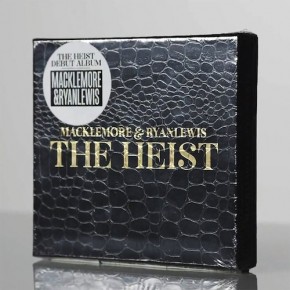 This Is Why I Still Buy CDs
This Is Why I Still Buy CDs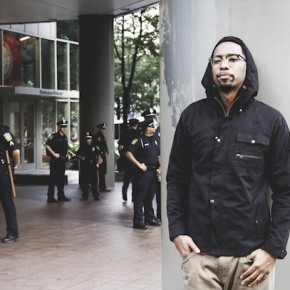 Akomplice Fall 2012 Collection
Akomplice Fall 2012 Collection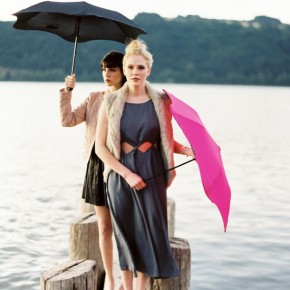 Making It: Blunt Umbrellas
Making It: Blunt Umbrellas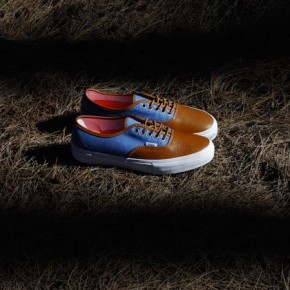 KICKS/HI x Vans Vault Authentic LX
KICKS/HI x Vans Vault Authentic LX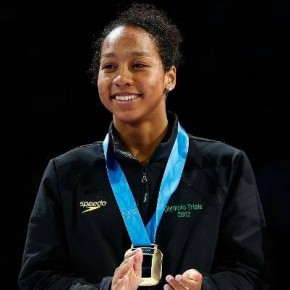 Making It: Lia Neal
Making It: Lia Neal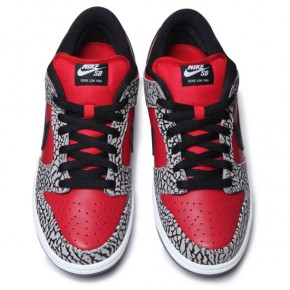 Supreme x Nike SB Dunk Low
Supreme x Nike SB Dunk Low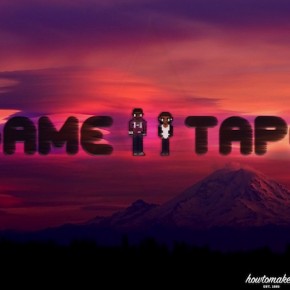 How To Make It Presents: Bardo “Game Tape” Mixtape
How To Make It Presents: Bardo “Game Tape” Mixtape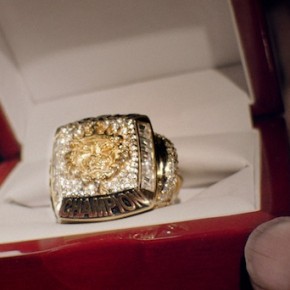 The Ring Maker
The Ring Maker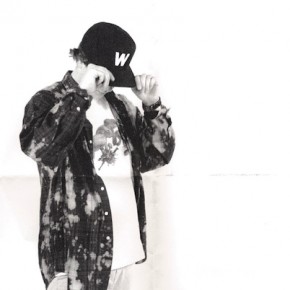 WINWEL Spring/Summer 2012 Collection
WINWEL Spring/Summer 2012 Collection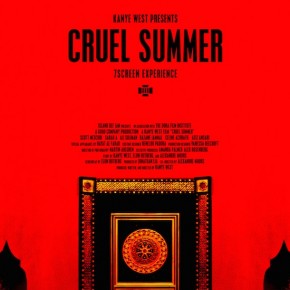 Kanye West Presents: Cruel Summer
Kanye West Presents: Cruel Summer The 100th SNL Digital Short
The 100th SNL Digital Short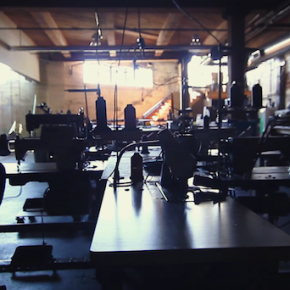 Making It: Tanner Goods
Making It: Tanner Goods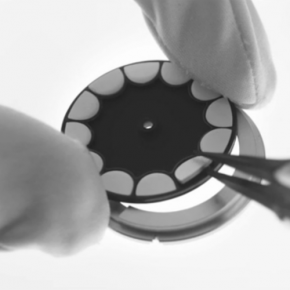 The Making Of: KAWS x Ikepod Horizon Watch
The Making Of: KAWS x Ikepod Horizon Watch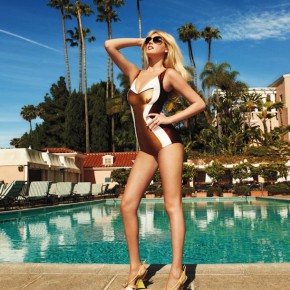 Photos: Kate Upton by Terry Richardson
Photos: Kate Upton by Terry Richardson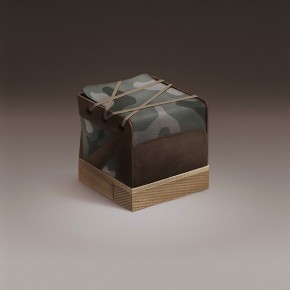 Sneakercube by Pawel Nolbert
Sneakercube by Pawel Nolbert



